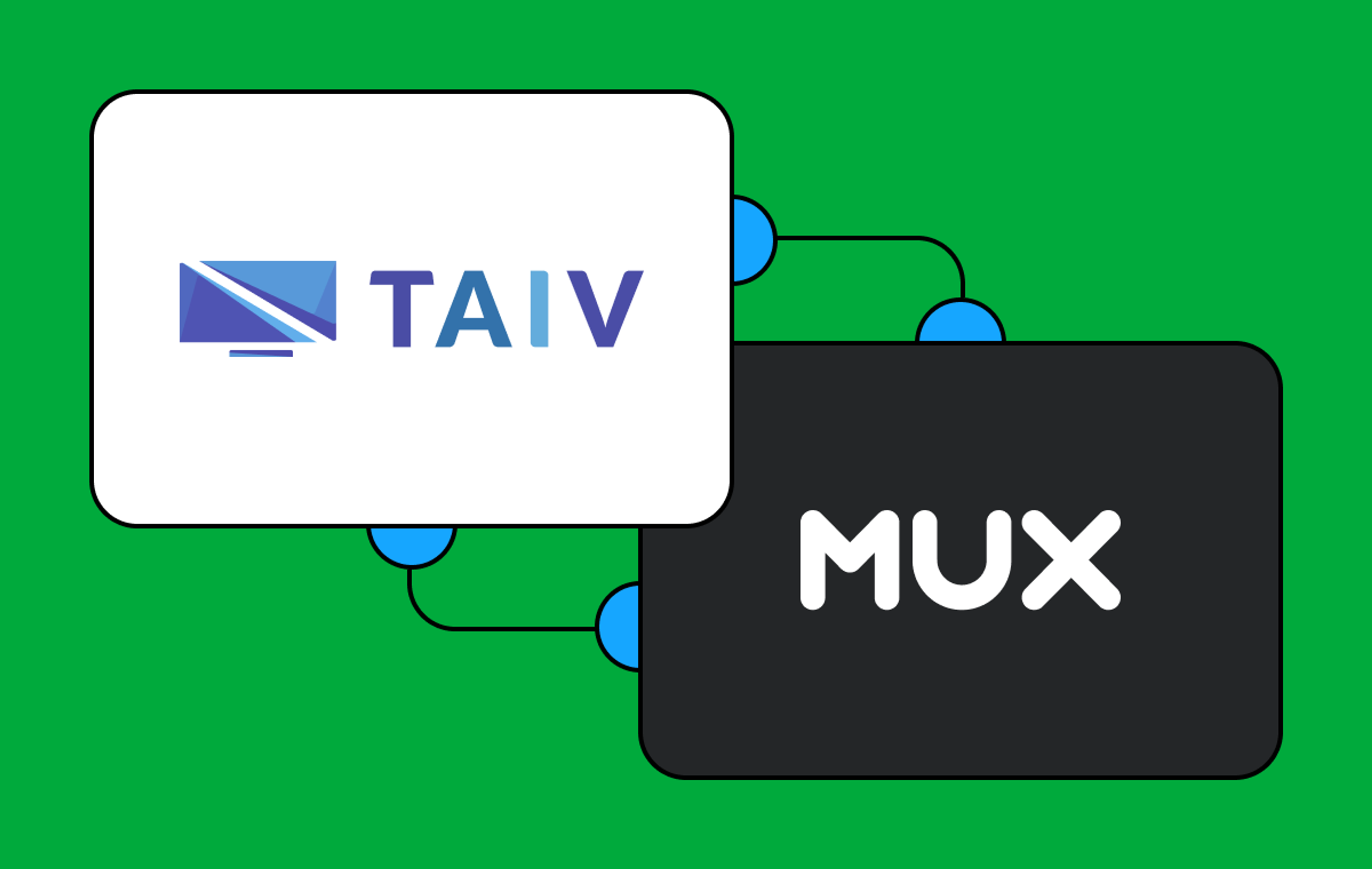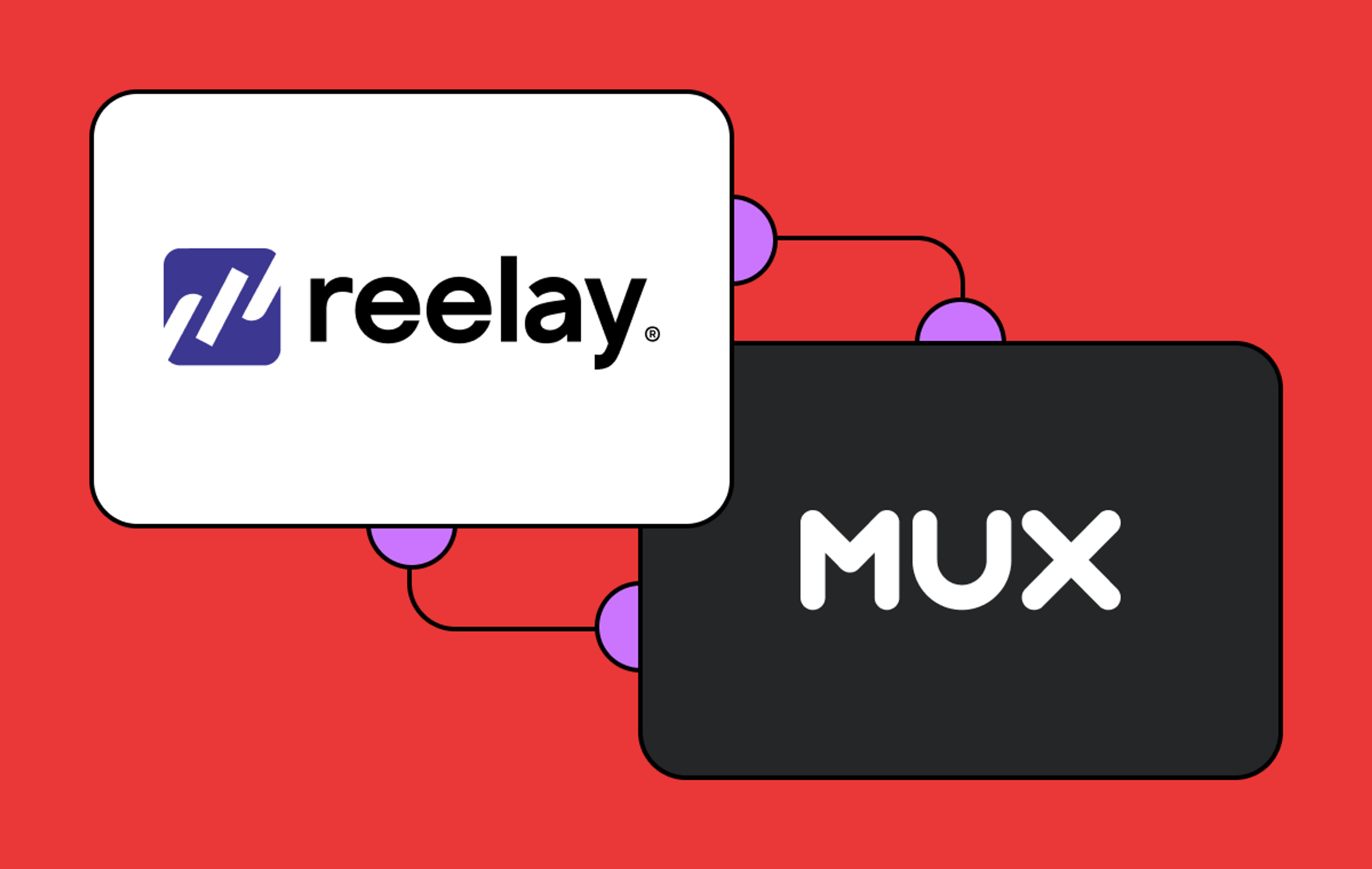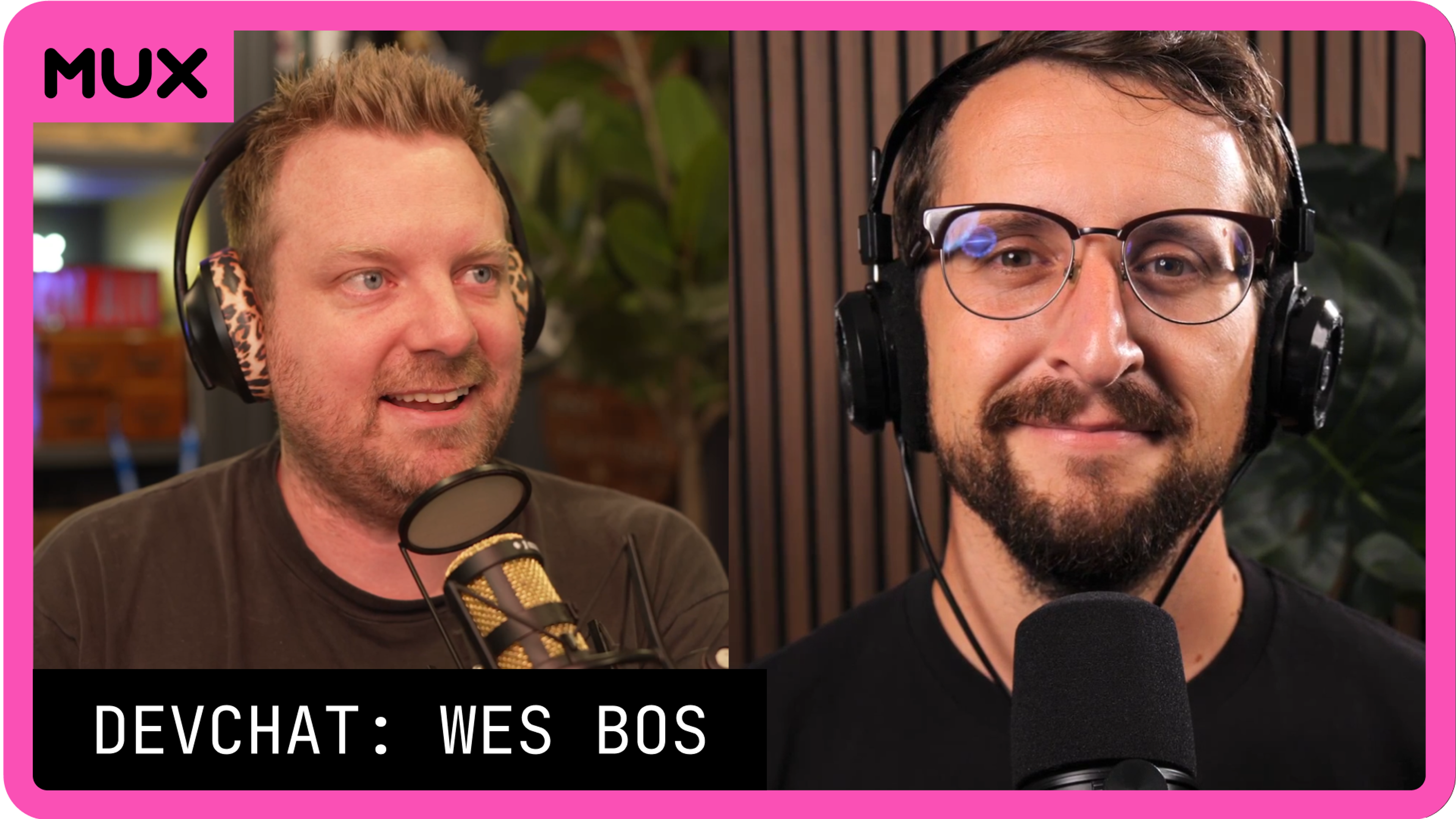TL;DR: Smartzer, an interactive shopping platform, was drowning in manual video encoding work that consumed developer time and limited growth. Engineers had to manually encode every video into multiple resolutions and formats, plus coordinate complex third-party captioning services. Mux automated all of this into simple toggle-on features. The result: reliable livestream shopping events with 175,000+ viewers and new advertising partnerships that can reach millions of viewers daily. "Mux is painless and takes a lot of the headaches off the development team. It's been a big win."
Karoline Gross, Smartzer’s Founder and CEO, held her breath as they went live.
She knew people were on the other side of their screens, ready to shop, but worried whether Smartzer’s video infrastructure could handle the sheer volume about to hit their servers.
At launch, 16,000 viewers tried to join the stream at the same time.
Previously, when a stream of this scale went up, Mux scaled perfectly, when Smartzer's other cloud infrastructure couldn't keep up. While 90% of viewers had a great live shopping experience, 10% couldn't access the stream at all—that couldn't happen again. Smartzer implemented major infrastructure updates to ensure their entire system could match Mux's scaling capabilities and handle traffic peaks during live shopping events.
At its peak, the stream — Smartzer’s largest stream to date — had 175,000 viewers with 97% playback success.
“It gives us peace of mind knowing that our video infrastructure will hold up at scale. This is critical because video is core to what we do. We now have confidence that even as we go bigger, our video streaming will work,” Karoline said.
Smartzer is an interactive shopping platform that helps brands transform videos, whether on-demand or live, into an interactive and clickable format so they can then sell products or drive action directly from video.
Founded in London in 2012, Smartzer has evolved from a simple shoppable video platform into a comprehensive SaaS tool that serves a range of companies, including retailers, publishers, agencies for ad campaigns, and production companies.
But getting to the point where the platform could confidently handle 175,000 shoppers in a single live shopping event simultaneously required solving a much more fundamental problem: manual video work was consuming up to 20% of their engineering team's time and limiting their growth.
Escaping the pits of manual tedium
Before Mux, Smartzer's engineering team was trapped in time-consuming manual processes that prevented them from focusing on their core shopping technology.
Video encoding alone was a massive undertaking.
Smartzer developers manually encoded every video into multiple resolutions — 1080p, 720p, 480p, and 360p — in both MP4 and WebM formats, then created separate versions for landscape and vertical orientations before uploading to their platform. Each video also required manually generated thumbnails and preview clips for each video and resolution.
It was time-consuming for their developers, but it worked in the early days of Smartzer, when they were a full-service agency. As the company transitioned into a global self-serve tool, they needed a more efficient, scalable solution.
While they could do the manual work in the background, they couldn’t ask a client to take on that work.
“You can just upload any video file into Mux, and it only needs to be encoded once. Features like adaptive bitrate streaming mean our clients are getting the video in the right resolution they need without us creating multiple versions,” Karoline said.
Manual processes affected other features, too. For on-demand accessibility features, users previously had to generate and upload their own VTT files to be able to add captions.
Worse, for live stream captions, Smartzer had to coordinate with third-party captioning services whose process was described as "absolute insanity."
The workflow required livestreaming content to the third-party service in advance (limiting Smartzer to simulated live experiences), waiting for the service to transcribe and send captions back. The team then had to notify the service five minutes before going live and hope the timestamps would properly sync.
The process was not only complicated, it wasn't guaranteed to work, and “super, super expensive,” Karoline recalls.
This led to Smartzer building their own solution, which took significant developer time between multiple engineers, recalled Patryk Polanski, Smartzer Software Engineer. After all that work, it was maybe used 2 or 3 times.
With Mux, both video processing and live captions are simply features you opt in to and turn on, eliminating multiple manual workflows that used to consume developer resources.
"Mux has transformed our workflow from building complex, custom solutions to simply toggling features on and off. Not having to worry about the underlying video technology allows us to focus on building our solution on top of it," said Adrian Burns, Smartzer Senior Software Engineer.
"It's just been painless and has taken a lot of the headaches off the development team," Adrian said, adding that it’s also helpful that their devs have easy access to Mux’s documentation, demos, and “even the big upcoming changes are announced well.”
Different videos, different needs
Smartzer's shopping platform handles and allows for completely different video requirements depending on what customers are doing.
For branching videos where people click around and explore products, clients pre-load content so the experience feels smooth and continuous as users jump between different sections.
But when clients are running ad campaigns that get "millions and millions of impressions," that approach would be expensive and unnecessary. With Mux, they can request, say, the first five seconds, keeping costs in check while maintaining a great video experience.
Mux lets Smartzer’s clients optimize for each situation without breaking others. "Having that flex is incredibly useful for controlling our costs," Karoline said.
As an engineer, Adrian appreciates the granular control: "You can customize pretty much everything about the video and how it's being delivered to your clients. It can change how many seconds are being loaded, resolutions, all of it."
Data that prevents disasters
Smartzer monitors metrics from Mux Data that directly impact their shopping events:
- Concurrent viewer counts: During live shopping events, they use Mux Data to show clients exactly how many people are currently watching.
- Stream quality monitoring: Before events, they check the live stream health metric to make sure connectivity is solid. "There's been many cases where we see something like a heart rate graph and we tell them you can't go live like this," Karoline said.
- Performance breakdowns: Clients rely on Mux's detailed analytics about browsers, devices, and quality metrics to understand performance across their broad viewer base.
The monitoring has averted possible disasters before they happen.
"Mux Data has been incredibly helpful in preventing anything that could go wrong," Karoline shared.
Enabling new revenue streams
The reliability that kept that 175,000-viewer shopping event running smoothly has enabled Smartzer to confidently pursue much bigger, revenue-driving opportunities.
Karoline specifically calls out the reliability. No outages, no scrambling to fix broken streams, no explaining to clients why their shopping event crashed.
"I don't remember a single occasion where we had downtime with Mux.”
Smartzer recently partnered with a major advertising company to develop a new shoppable video ad format. The first test of this format significantly outperformed standard ad formats across engagement and click-through rates as well as view time and completion rate.
The business implications are huge. Previously, Smartzer was constrained by how many people visited their clients' websites. Now, through advertising platforms, they can potentially reach millions of viewers daily.
Mux also meets the strict technical requirements that ad platforms demand around loading speed and performance.
Business impact
The results speak for themselves. Large livestream shopping events with 175,000 viewers can generate several hundreds of thousands of euros in revenue. Even smaller events, like a 1-hour stream with under 6,000 viewers, have generated £100,000 in sales.
Plus, conversion rates reach as high as 25%, which is 10x higher than typical e-commerce rates. The new shoppable ad format shows early promise too, with 3x higher click-through rates than regular video ads.
For developers considering video infrastructure, Adrian's recommendation is clear:
"Mux is painless and takes a lot of the headaches off the development team. It's a big win."



